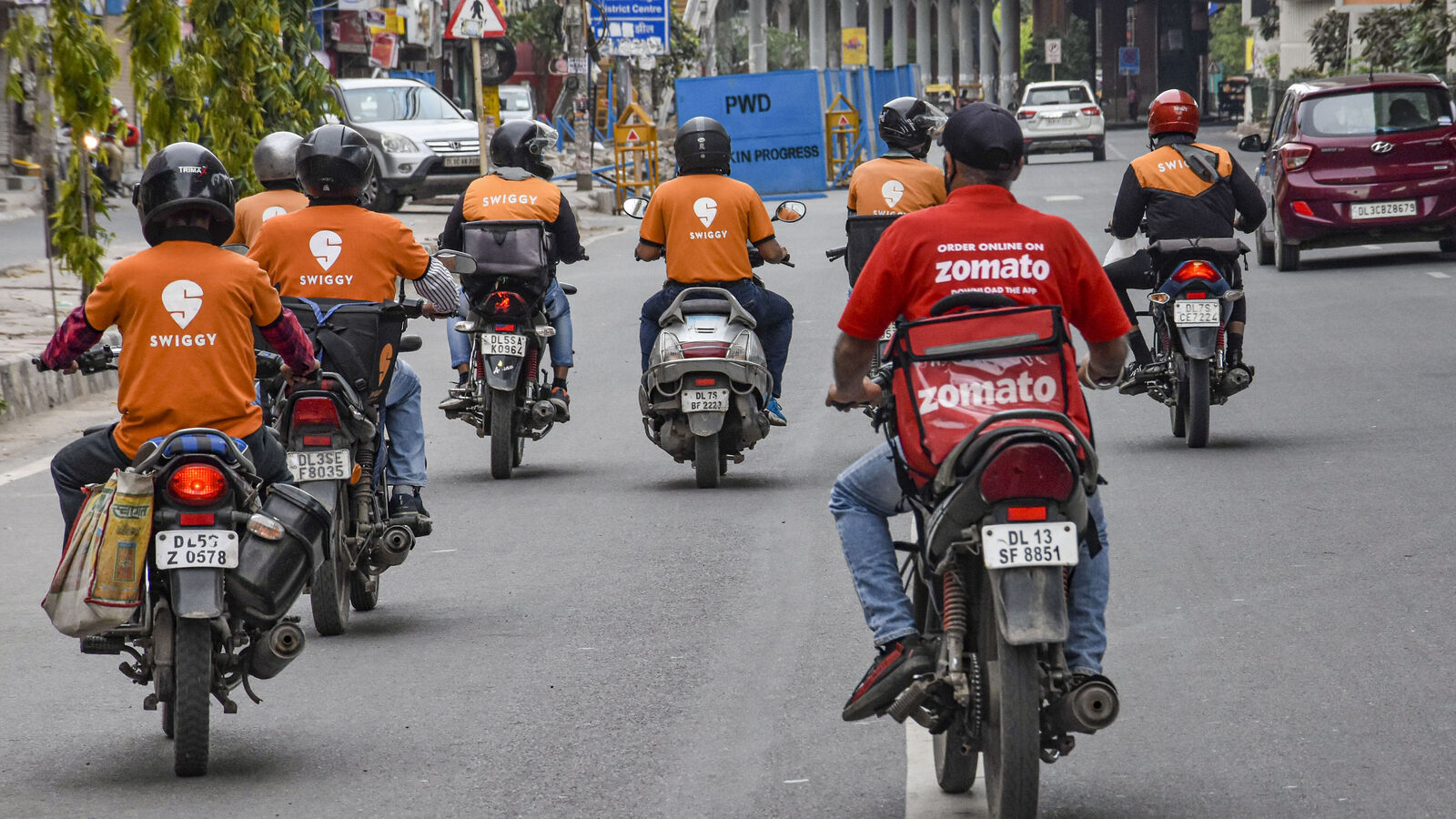A shift in how people eat
After a period dominated by home delivery, food-tech platforms are seeing out-of-home consumption regain importance. Consumers are returning to restaurants, food halls and events, and platforms are adapting to capture a larger slice of that activity. The change is more than a temporary rebound — it is reshaping product offerings, partnerships and revenue models across the sector.
Why out-of-home demand is rising
- Work patterns are hybrid. More people spending some days in offices means lunchtime foot traffic and after-work dining are returning.
- Experience matters. Dining out offers social and sensory experiences you can’t replicate with delivery.
- Events and group orders. Weddings, corporate gatherings and pop-ups are coming back, driving larger, higher-value transactions.
- Economic reopening. As venues fully reopen and invest in service, consumers are more confident about eating out.
How food-tech platforms are responding
Platforms are broadening beyond door-to-door delivery to capture on-premise and mixed-format consumption. Key moves include:
- Reservations and waitlist features: Integrating table bookings and real-time seating to drive footfall to partner venues.
- Order-ahead and counter pickup: Letting customers place orders for quick collection, reducing wait times and increasing throughput.
- Marketplace expansion: Offering menus, events, and exclusive dining experiences alongside standard delivery options.
- Ghost kitchens and hybrid sites: Using flexible kitchen capacity that serves both delivery and in-person pick-up or dine-in services.
- Data-driven promotions: Targeting offers to encourage visits during off-peak hours and to boost average spend.
Implications for restaurants and consumers
For restaurants, renewed out-of-home demand is an opportunity to rebuild higher-margin revenue and strengthen brand presence. Platforms can help by funneling customers through reservation tools, promotions and integrated loyalty programs. For consumers, the benefit is more choice and convenience — from fast counter pickup to curated dining experiences — often within a single app.
What investors and operators should watch
- Unit economics: Capturing dine-in and pickup must improve margins, not just shift costs.
- Partnership models: Contracts that balance commission with services like marketing and traffic generation will be key.
- Technology integration: Smooth POS, inventory and reservation integrations determine how well platforms support real-world operations.
- Consumer retention: Loyalty and subscription initiatives that tie both delivery and out-of-home perks will drive stickiness.
Challenges remain
Scaling out-of-home services brings operational complexity. Managing seating, in-store pickup lanes, and staffing for mixed channels can strain restaurants. Platforms must also avoid diluting focus — trying to be everything to everyone risks underdelivering on core services. Finally, margins are sensitive: fees, infrastructure and marketing investments need to translate into sustainable returns.
Still, the return of out-of-home consumption presents a clear growth path for food-tech. Platforms that align technology, partnerships and economics to support both on-premise and off-premise demand will be best positioned to benefit as eating habits continue to evolve.
